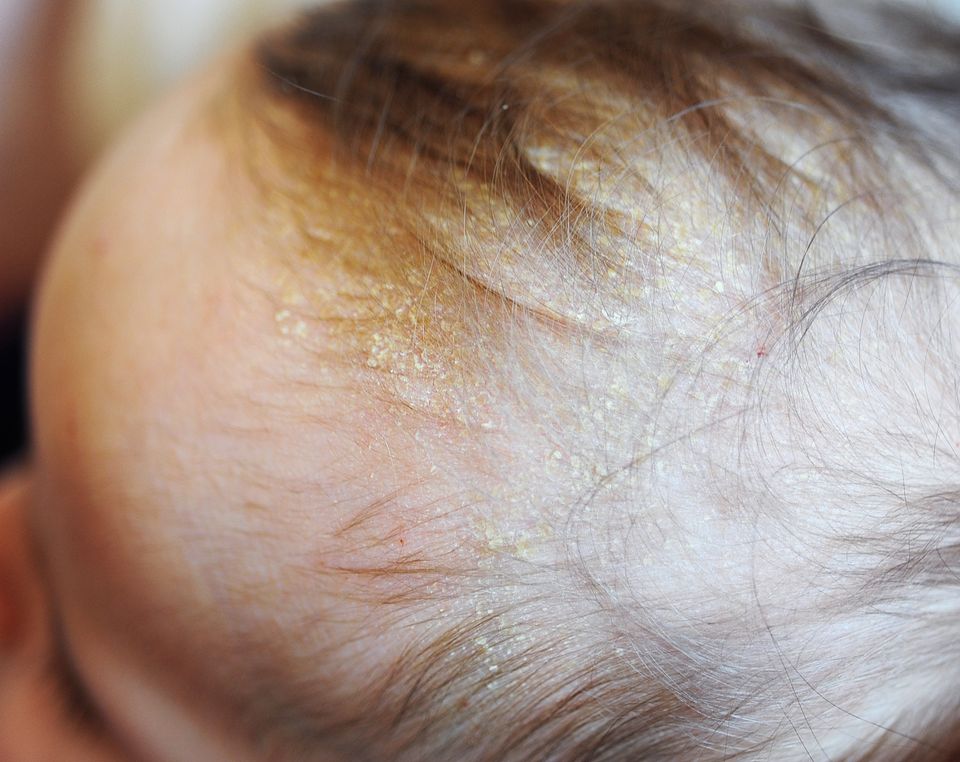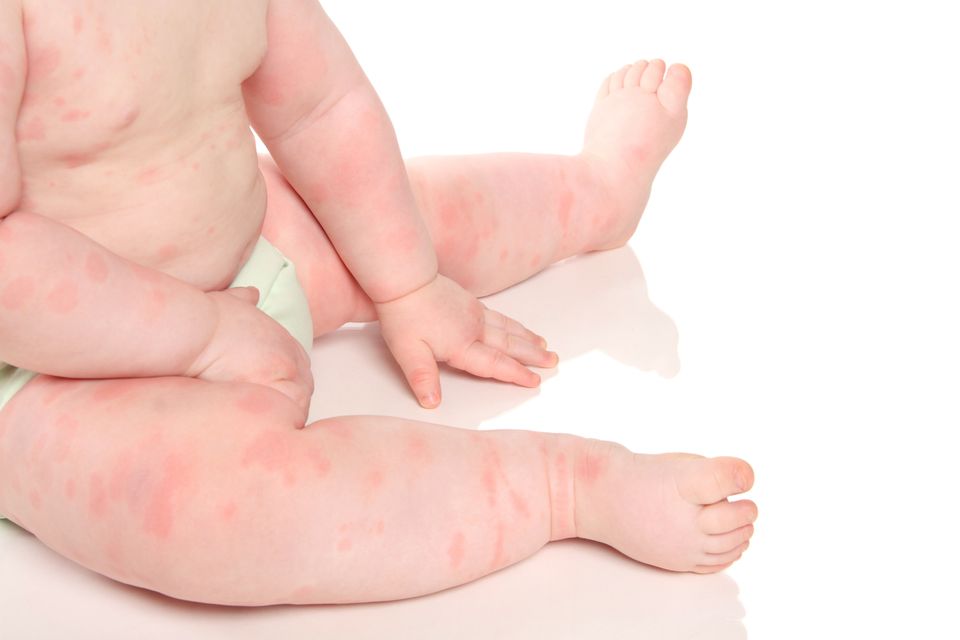For new (and even experienced) parents, a baby’s sensitive skin can be full of mysteries.
Are those red bumps heat rash or something that’s contagious? Is dry skin just dry skin or is it something more serious, like eczema? Is that redness and irritation in baby’s nappy area just your typical nappy rash. Or is it thrush?
Being able to spot and recognise basic baby skin problems, and knowing what you can do to ease the discomfort, can help you to feel more prepared when baby skin changes occur.
Which, as every parent knows, can be the difference between total panic…and dealing with a situation calmly and efficiently.
Here’s your “How to” guide on identifying some of the most common baby skin issues you can expect to see at some point...

The good news? Usually, cradle cap looks worse than it is: it doesn't tend to be itchy or uncomfortable and tends to go away on its own, without any medical treatment. If it persists or is severe, a medicated product might be suggested.
In the meantime, use an emollient soap or shampoo to help prevent a build-up of scales on the scalp - and smooth away those crusted flakes.

The American College of Allergy, Asthma and Immunology states that a hives outbreak is often the result of a viral infection, but can also come on due to hot or cold temperatures, or as the result of an allergic reaction to an irritant like a certain food, animal, or an insect bite. Hives can go away on their own in a few hours (sometimes, it takes up to a few days), but if you're worried about your baby scratching, then call your GP.

Nappy rash+ looks red, sore and inflamed, and sometimes pimples or spots appear in the area. If the rash persists and is unresponsive to home treatments, your baby may be suffering from candidal nappy rash (aka a yeast infection) - something to consider in all nappy rashes lasting longer than three days. If you suspect a yeast infection, call your GP right away.

The intense itching caused by eczema often leads to infected skin after scratching; skin then gets sore, broken and cracked and can be accompanied by fluid-filled or weeping blisters.
Numerous allergen trigger factors can cause eczema in babies, from soaps and body washes that irritate the skin to food or pet allergies. Even detergents used to wash clothes can cause a flare-up and affect a baby's sensitive skin.
While unpleasant and uncomfortable, eczema can be controlled with daily emollient use - by replacing potentially irritating soaps and body washes with fragrance-free alternatives known to soothe the skin and reduce itching. Oilatum offers a variety of emollient therapies, including a complete Junior range, with a Bath Additive that creates a soothing milky bath for babies and a Cream which has been shown in clinical tests to significantly reduce itching for 8 hours* – enough to help infants get some sleep without scratching.

Psoriasis often tends to appear in children after an illness, like a throat infection due to streptococcal bacteria (although there is also a hereditary component for about one-third of sufferers, according to the Psoriasis and Psoriatic Arthritis Alliance). If you suspect your little one has the skin ailment, book in with your GP to confirm the diagnosis and decide which treatment is best.
*study conducted on adults with dry, itchy skin
Oilatum Junior Bath Additive (light liquid paraffin) and Oilatum Junior Cream are medicines for eczema and related dry skin conditions. Always read the label.